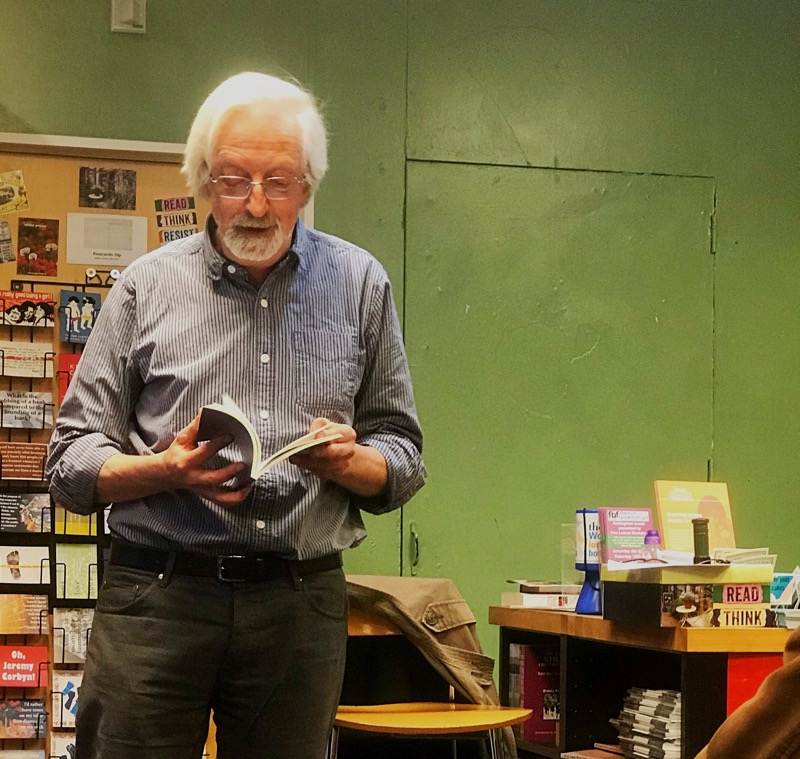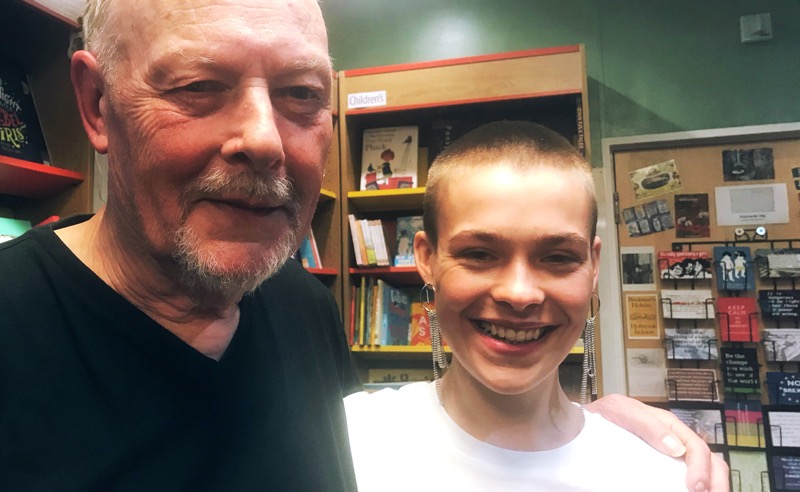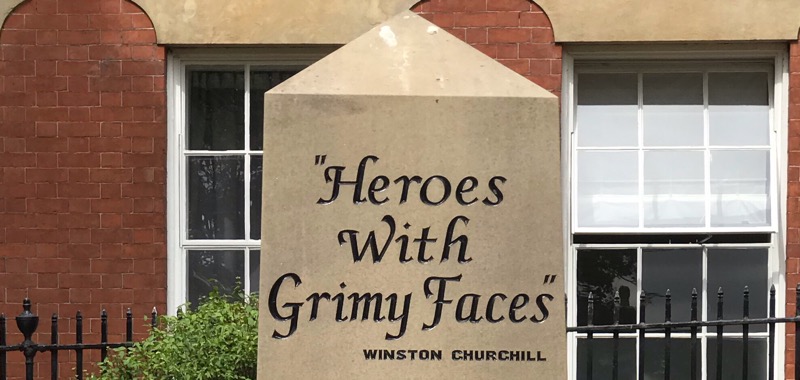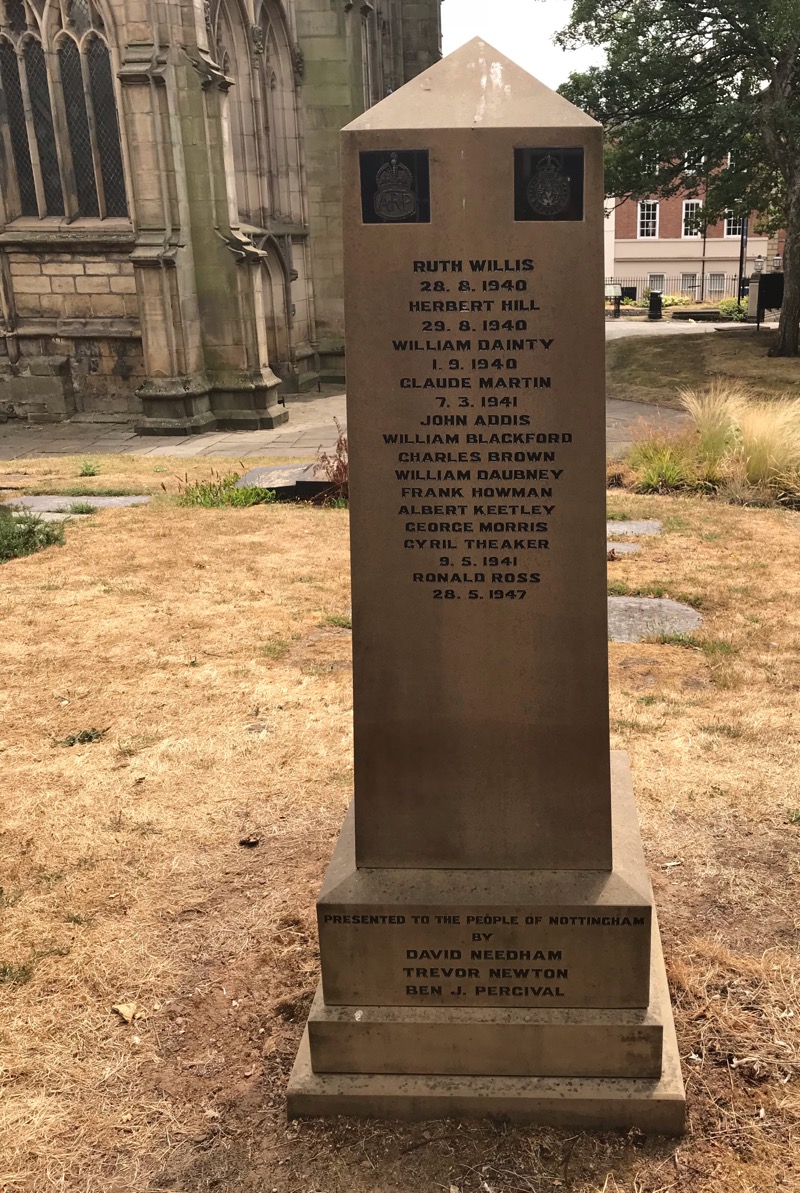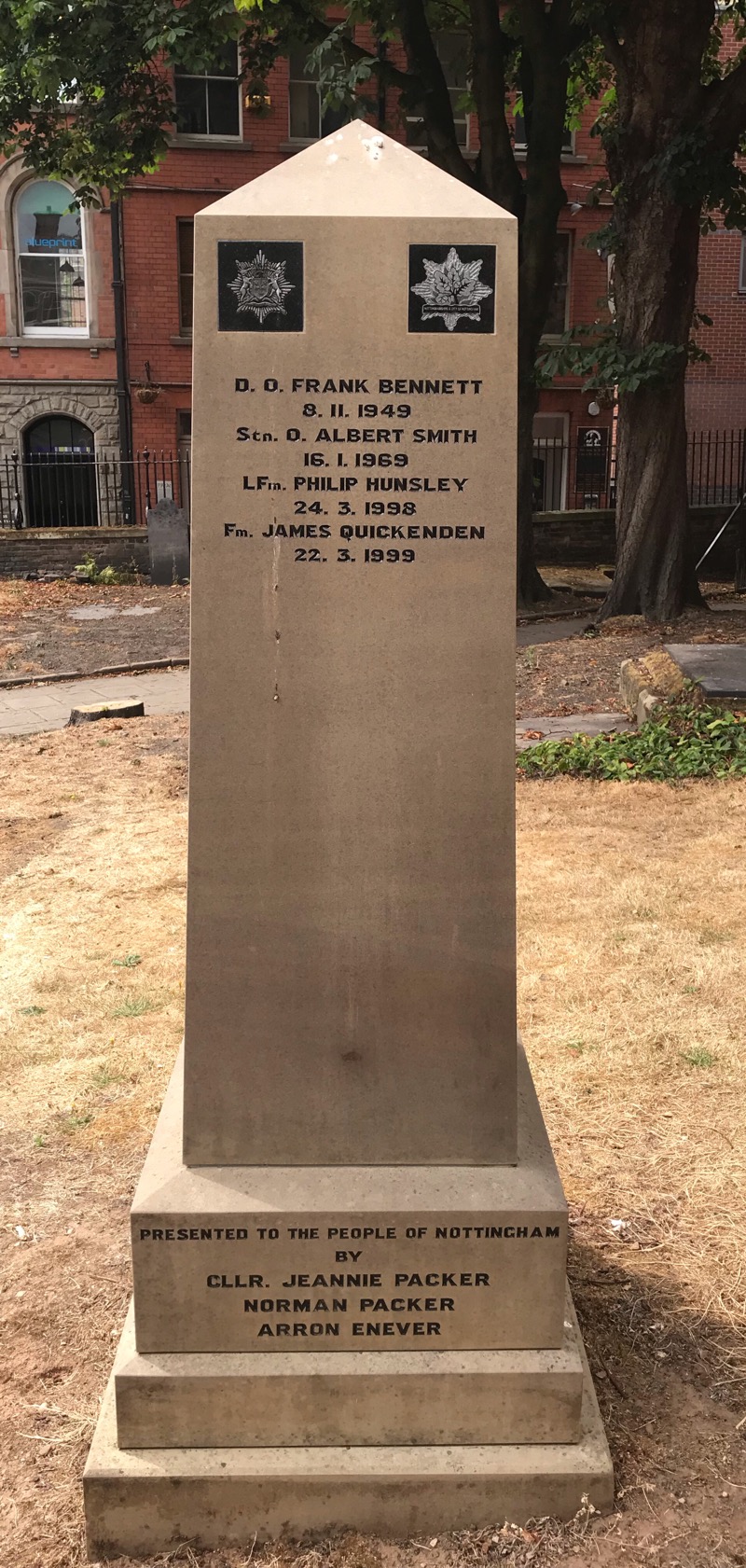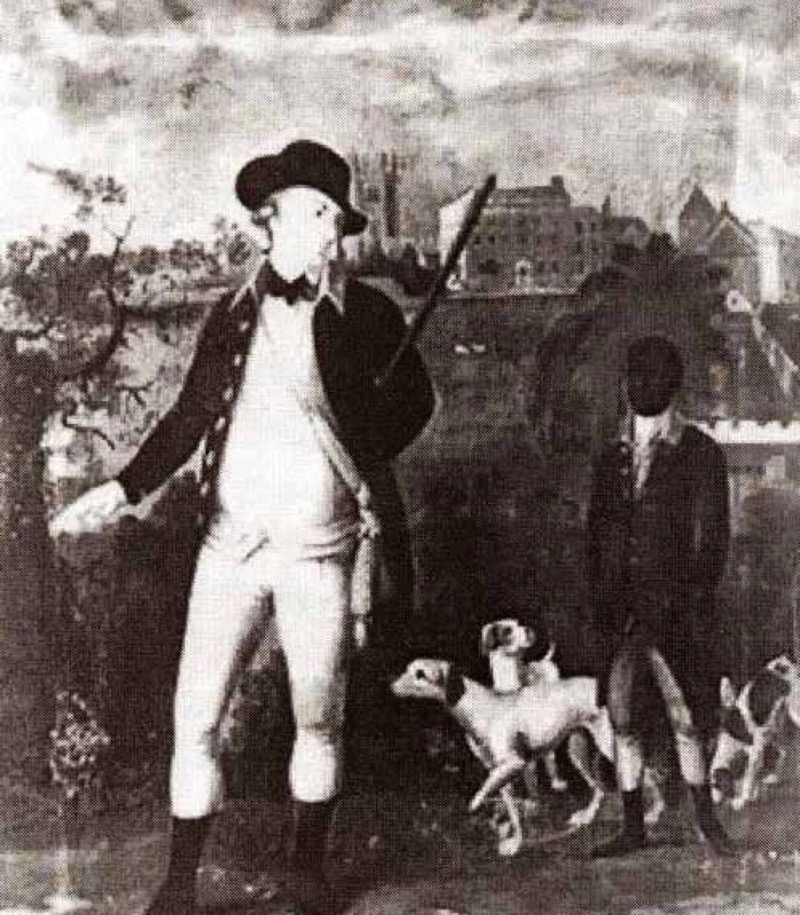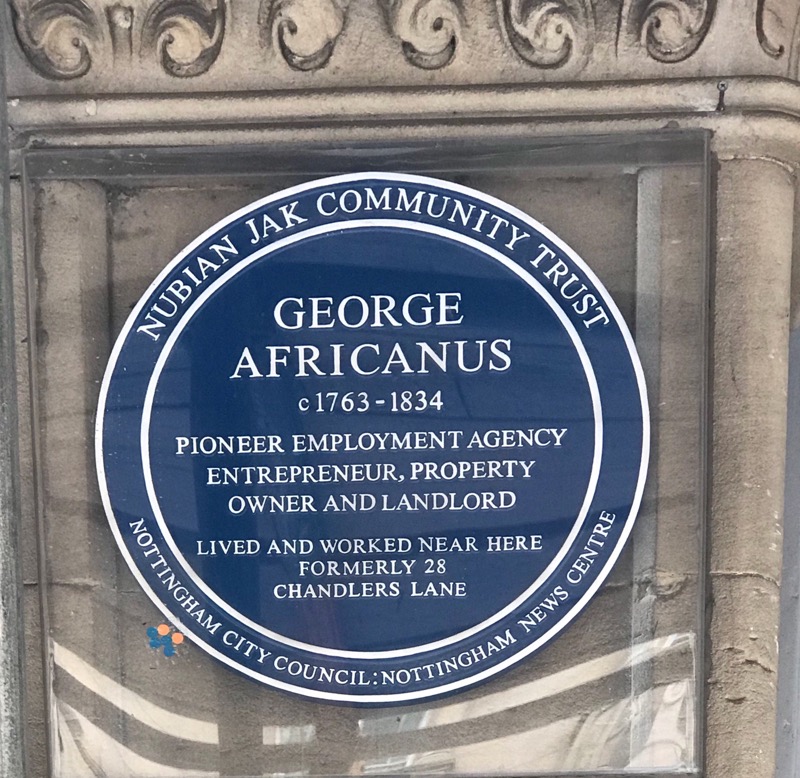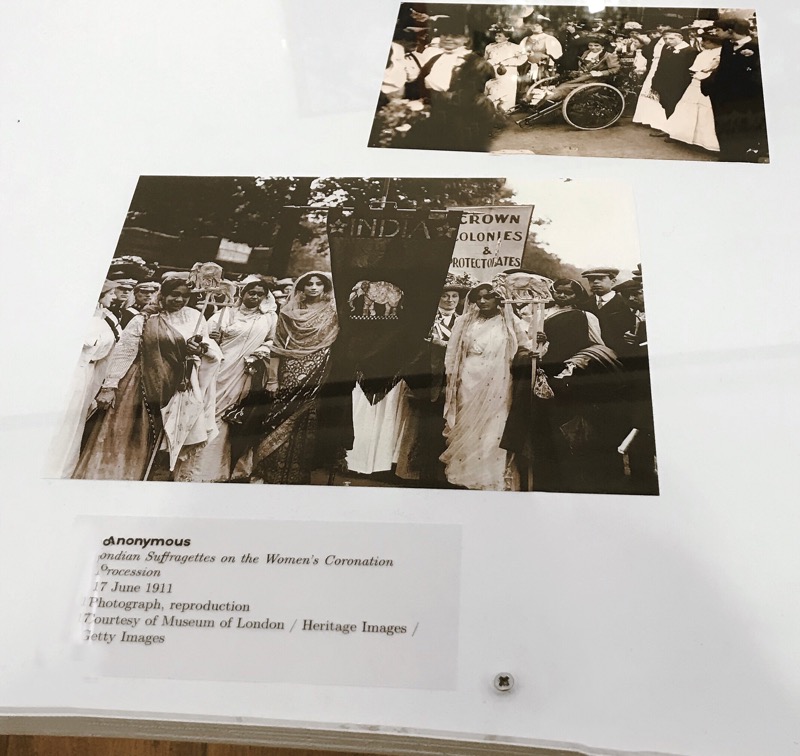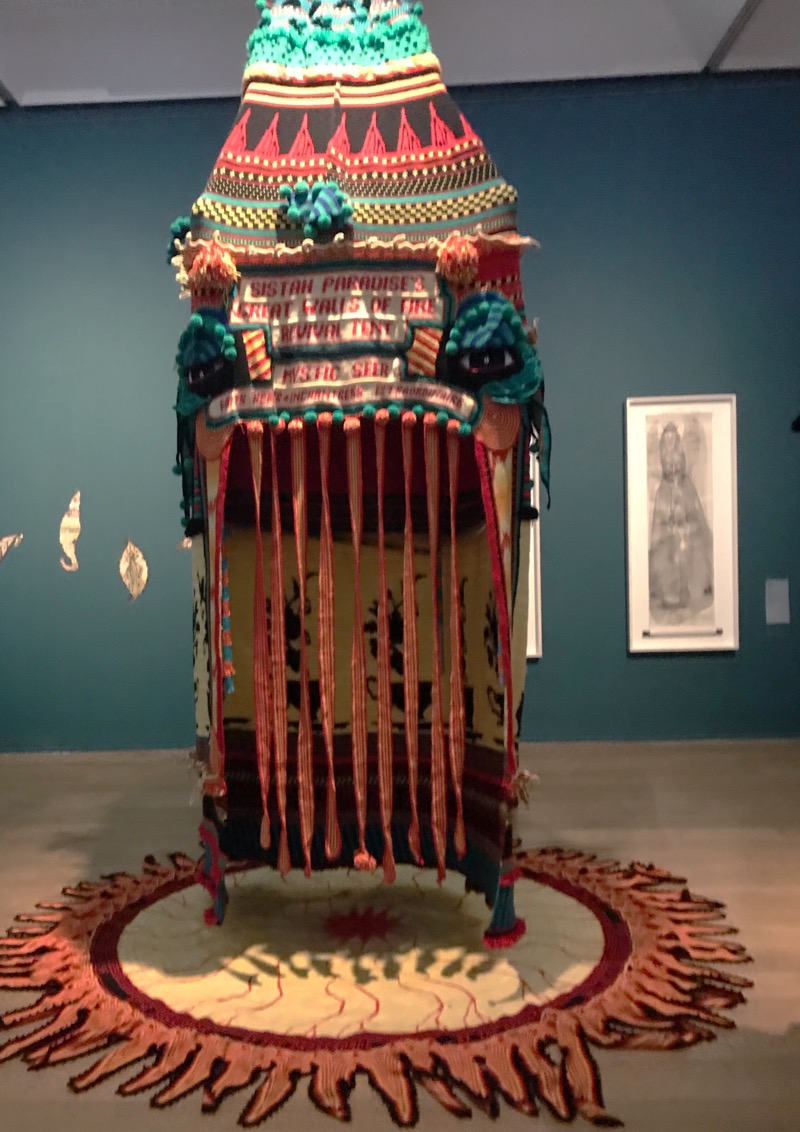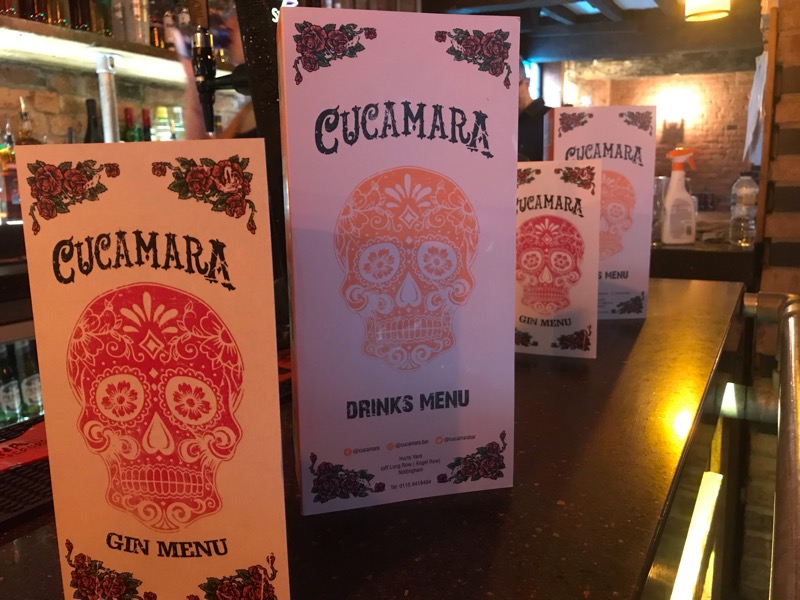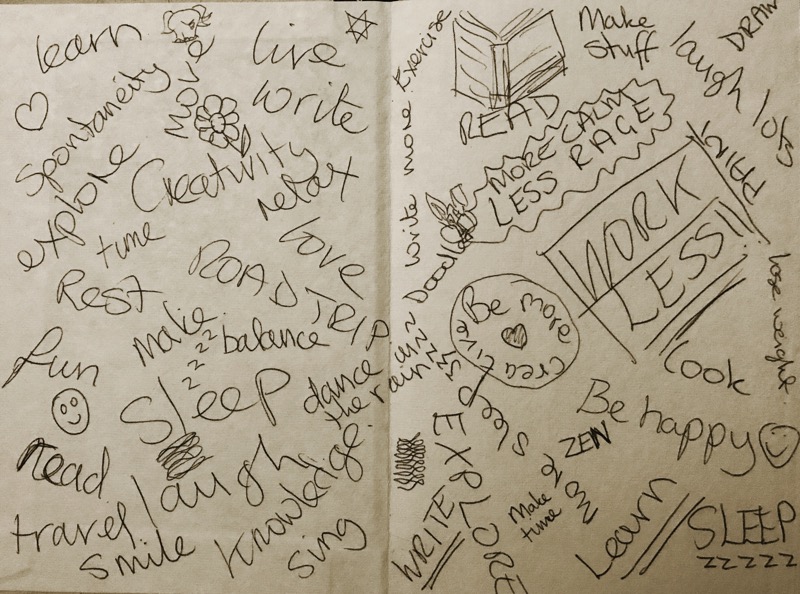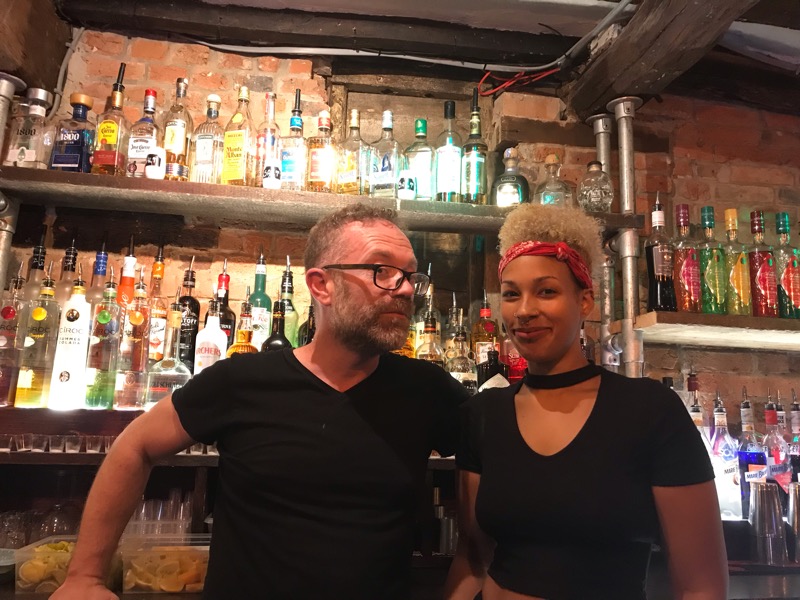See that little pile of treats above? These were just some of my purchases from an artists’ open studio event in Nottingham yesterday.

And these were some more… I’ll show you what I did with them in a minute.
Yesterday morning we headed to St Jude’s Church in Mapperley where a group of artists were showing and selling the fruits of their labours. I’m sorry, I can’t call them creatives because creative is meant to be an adjective not a noun in my humble opinion – although I know a lot of people use the term.
So I visited a church and inside I found a lot of creative people that I call artists – cos that really is a noun.
The event was organised as part of Nottingham Open Studios and the artists were a talented bunch. There was a jewellery maker with gorgeous silver rings, earrings and necklaces and some amazing woolen wear on another stall (but it was a bit warm for wool); there was a lovely lady who makes rugs from recycled clothing and they were funky designs and colours.

I loved this stall – I bought some cards and some new notebooks (I have scores of notebooks, I will never get through them all but I love new notebooks). She also made clocks using old book covers. She calls herself The Forgotten Library and blogs on wordpress.
We had a lovely chat about an old font book she had, which I wanted but it wasn’t for sale.

This is Lis from Lily Mosaics. I really, really want to make a mosaic sign for the front of the house with our door number on it (mainly cos the old one is unbelievably old and tatty) and Lis runs mosaic courses for beginners – yay. In the meantime I bought two little mosaic kits with everything I need to make a tiny gecko to join a large beautiful gecko that I bought in Flying Horse Walk a while ago and a mosaic robin that will go in my new home office. Can’t wait to get started on those.

This lovely lady is Sasha Niamat who paints beautiful watercolours and is holding the fabulous scruffy robin that I bought from her. My first piece of original artwork. I’m very proud.
We had a chat about her work and she even invited me to visit her studio some time and see how she works. She gave me a robin card as well.
So you may be sensing a bit of a robin theme going on here. Three reasons: I like robins; they remind me of my dad who died a few years ago; and also my daughters have called Phill Robin since they first discovered he came from Nottingham.
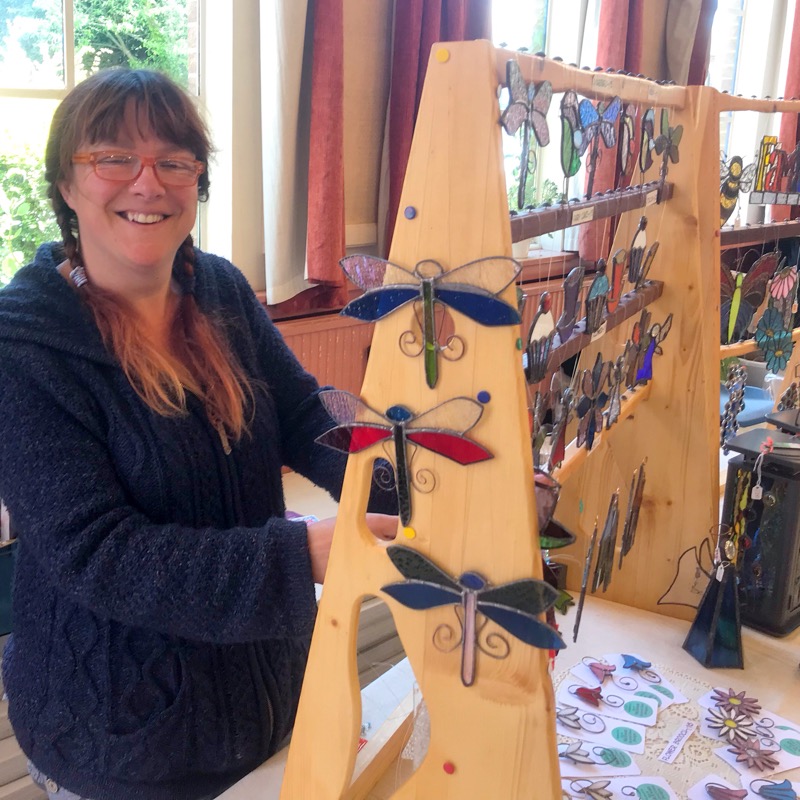
This is Jen McEwan who makes the most stunning stained glass creations. From Jen I purchased yep, you’ve guessed it, a robin which will hang in my office window (when we’ve created my office space – not quite a work in progress yet!) and some strung pieces of coloured glass which I used to make this when I got home.
It makes such a gentle, pretty noise and glistens in the sunlight. I’ve hung them on a twig and strung with rope made by Phill ages ago on a trip to the Peak District.
Jen also leads workshops and I’ve love to have a go at making some stained glass.
I also picked up plenty of these…
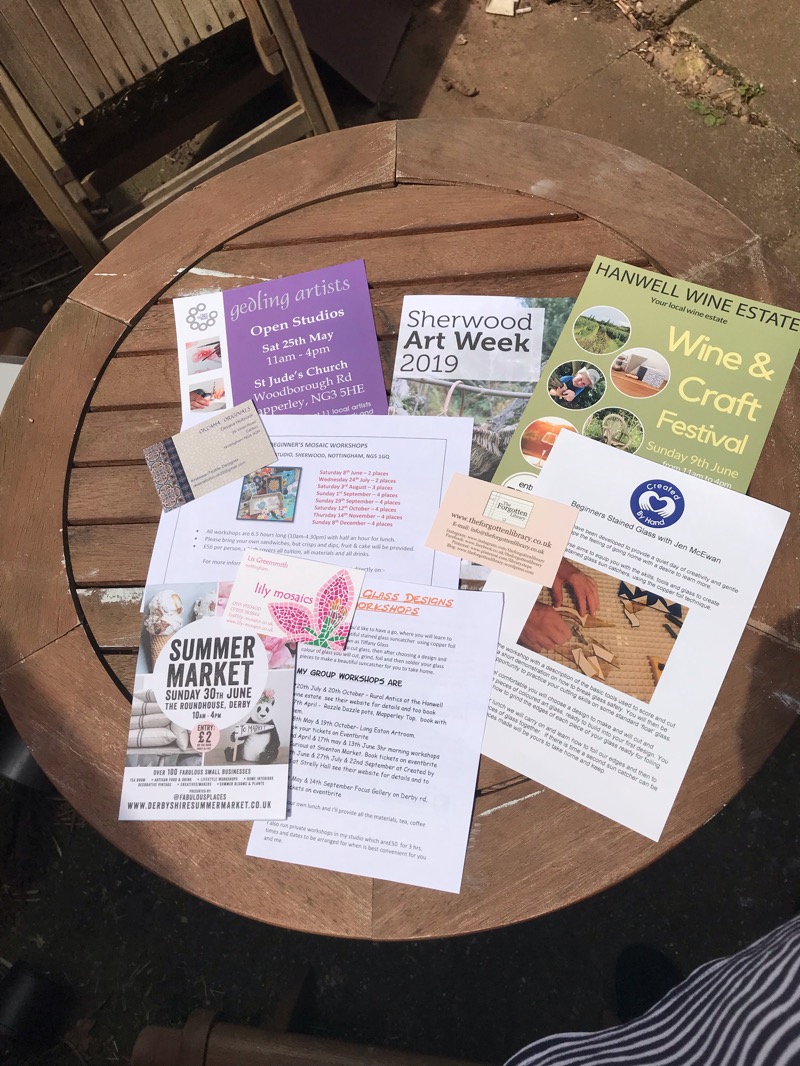 I am a complete leaflet freak. My car, handbag, footstool, bookshelves, kitchen are full of them but I learn stuff and find interesting thing to do. Who knew there were vineyards 20 minutes outside Nottingham? Well I do now. And I picked up a brochure for Sherwood Art Week and there’s LOADS of stuff going on from art and craft fairs, exhibitions in shops, walking tours to look at Sherwood’s mosaics (I didn’t know it had any), music and food. It’s at the end of next month. I can’t wait.
I am a complete leaflet freak. My car, handbag, footstool, bookshelves, kitchen are full of them but I learn stuff and find interesting thing to do. Who knew there were vineyards 20 minutes outside Nottingham? Well I do now. And I picked up a brochure for Sherwood Art Week and there’s LOADS of stuff going on from art and craft fairs, exhibitions in shops, walking tours to look at Sherwood’s mosaics (I didn’t know it had any), music and food. It’s at the end of next month. I can’t wait.
I met some talented and fascinating people yesterday and bought some beautiful things for our home and garden as well as some things for me to have a go at as well.
A little bit of inspiration from these artists for me to start getting a little more creative again.


